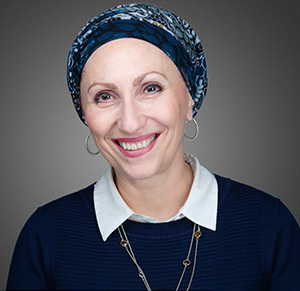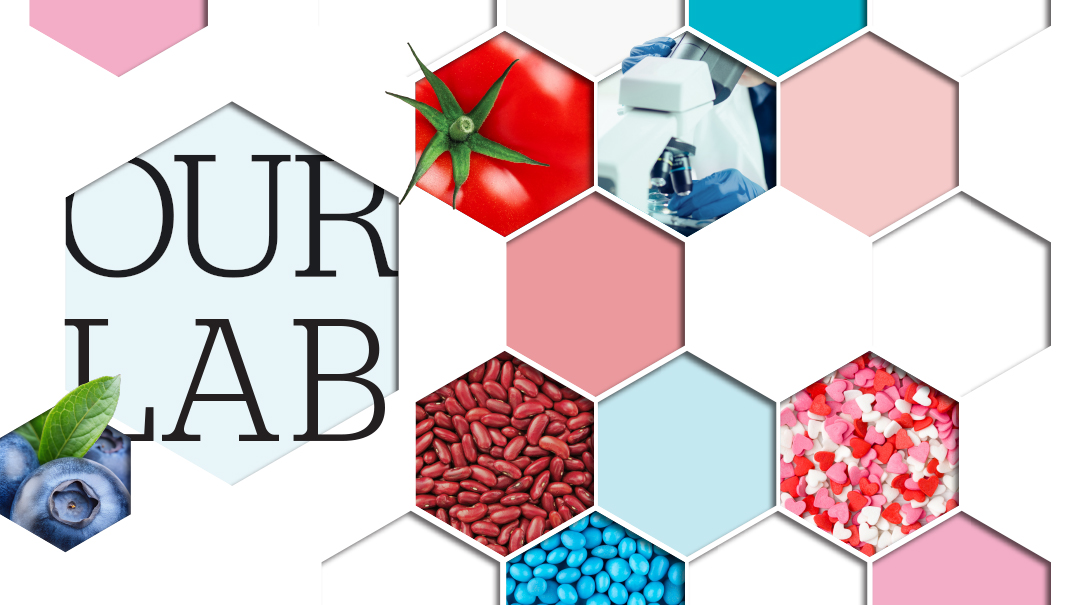OUr Woman in the Lab

Dr. Judith Leff bridged science and halachah to transform the kashrus industry

In the almost exclusively male domains of chemistry and kashrus, Dr. Judith Leff a”h laid the foundation to certify high-tech kosher ingredients
Kosher grocery shopping 2024. We pull a package of candy off the shelf, glance at it to check it has a kashrus symbol, and casually toss it into our cart.
What we don’t think much about is that somebody had to make sure the unpronounceable additives, preservatives, and colorants in the ingredients list are kosher. And as over the years, food became more high tech, kashrus supervision needed to turn high tech as well. Most of us are unaware that the person who pioneered the kosher certification of all those mysterious chemicals was an unassuming and brilliant woman with a short sheitel, glasses, and a warm smile, named Dr. Judith Leff (née Weisz) a”h.
A mother of three and grandmother of many, Dr. Judith Leff was nifteres this past November. And while she wasn’t a household name — that’s how she preferred things to be — she’s one of the unsung heroes of the male-dominated kashrus certification industry.
Wandering Jew
Judith Leff’s life literally took her around the world.
Born in Vienna in 1935 into a family with Hungarian roots and yichus from the Maharam Ash, she was the daughter of an accomplished artist and a seamstress. When the Germans took over Austria during the Anschluss of 1938, Judith’s family fled to Paris, believing they would be safe there.
But a few years later, the Germans invaded France. The French police, in cooperation with the Nazis, began rounding up Jews. Judith’s father was arrested and sent to the French detention camp at Pithiviers in 1940. The last letter the family received from him said he was being transferred to Auschwitz, where he died of tuberculosis. Judith inherited the letter after her mother’s passing and kept it framed in her living room.
In the meantime, the rest of the family — Mrs. Weisz and her five children — connected with a network of Quakers who had made it their mission to rescue Jewish children. The family was separated and placed with different peasant families in the free zone of France, often moving from one place to another. After the war they managed to reunite and went back to live in Paris, where Mrs. Weisz went to court and reclaimed their apartment.
“At one point, when my mother was about twelve, she was sent to an aunt in England for a couple of years,” Judith’s daughter Chana Laks relates. “There, she attended the Hasmonean school and learned English.”
Judith, who had been interested in science from a young age, returned to Paris in 1948 for high school and then enrolled in the Sorbonne, studying toward a doctorate in plant physiology. Attending a secular university could not sway her rock-solid Jewish convictions. “There was an exam for the doctorate that was only held on Shabbos, and in France, there was no flexibility allowed,” Mrs. Laks says. “The only alternative was to repeat the whole year and try again. She refused to show up for the exam.”
So Judith left France to study at Hebrew University in Jerusalem, but later returned to the Sorbonne. There her perseverance ultimately paid off, and she was awarded her doctorate in plant physiology despite the challenges of remaining shomer Shabbos in an inhospitable system.
Oops! We could not locate your form.







